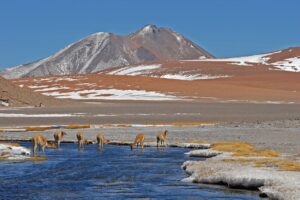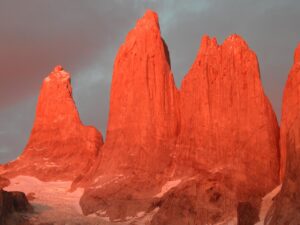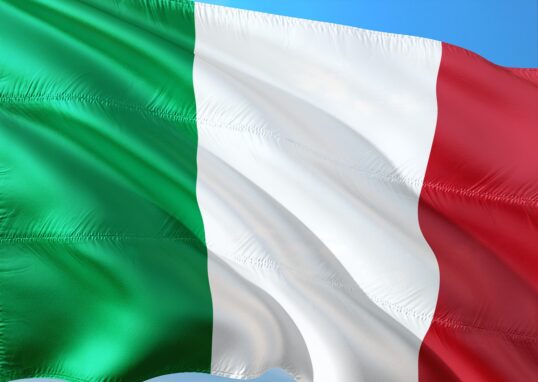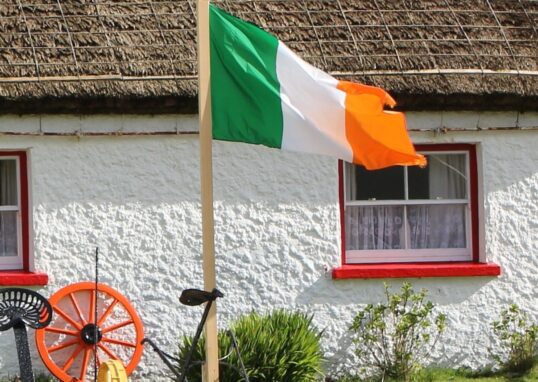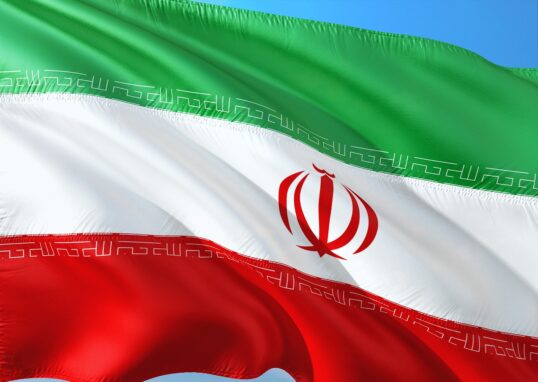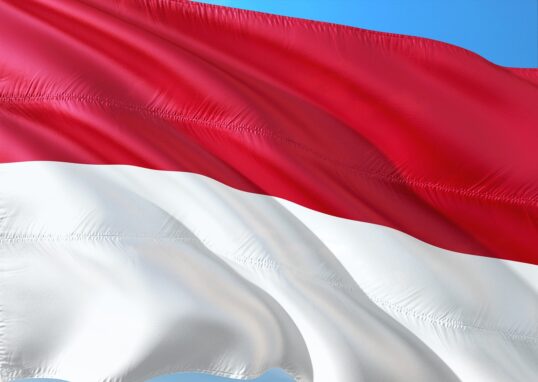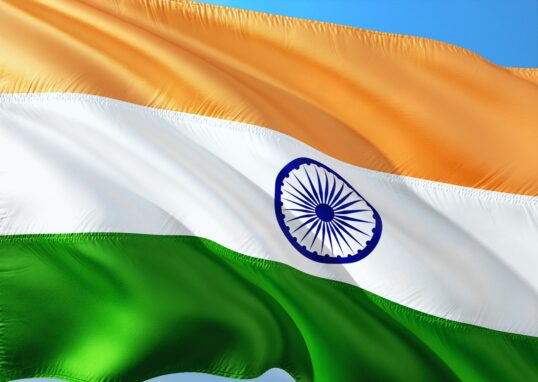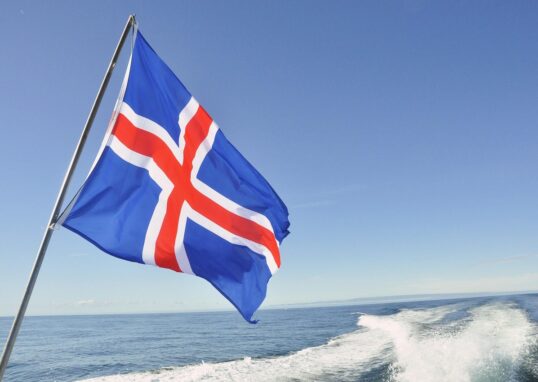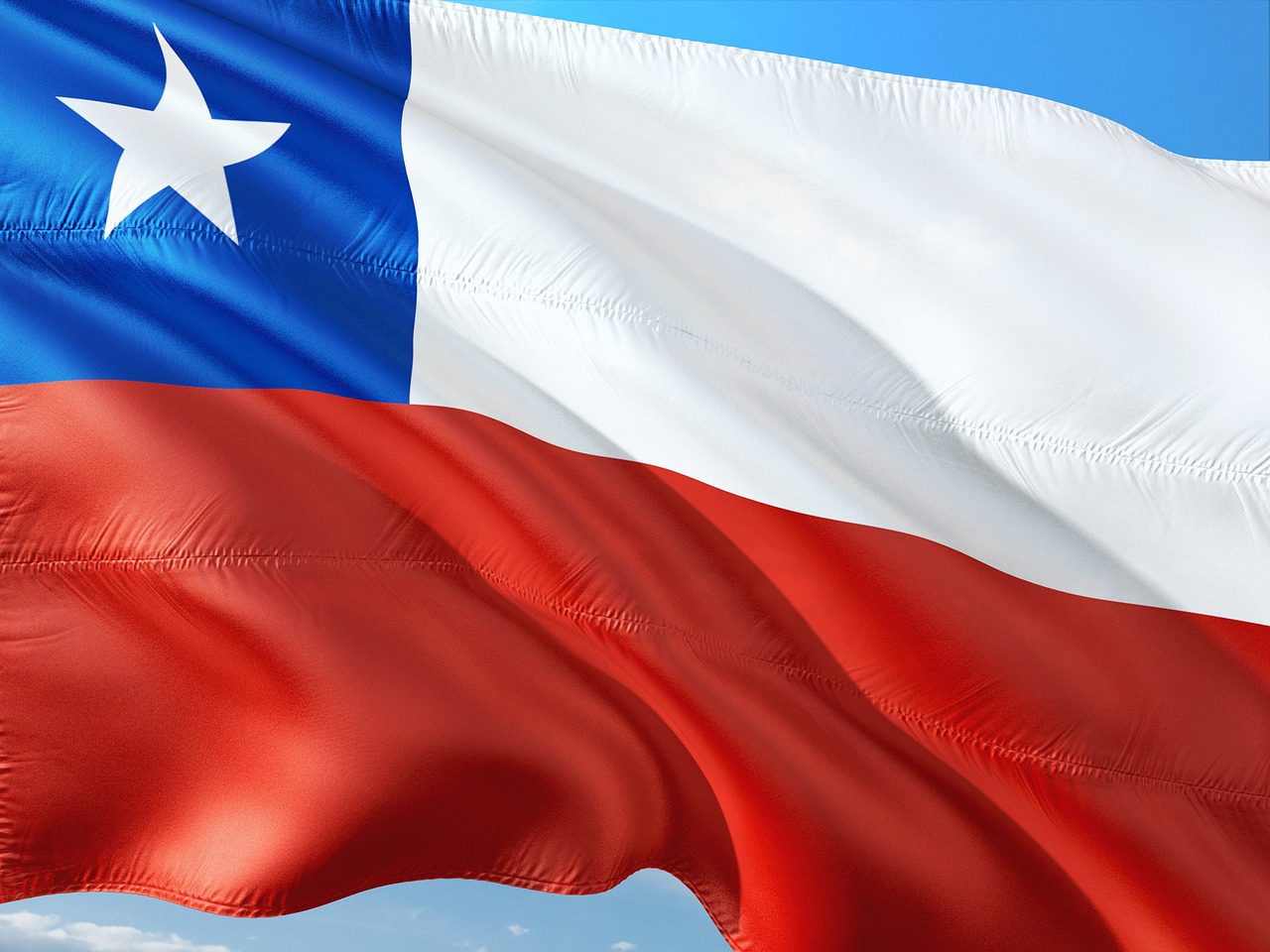
🇨🇱 Chile – The Long and Beautiful Land of the Andes
Chile is a beautiful and narrow South American nation. It runs along the western edge of the continent. On one edge, it has the Pacific Ocean, and on the other, it has the Andes Mountains. It is an extremely long country — more than 4,200 kilometers from north to south — but extremely thin from east to west. Chile is renowned for its natural beauty, culture, welcoming people, and urbanized cities. It is equipped with it all — deserts and beaches, snow-capped mountains, and glaciers. It is a country of contrast, color, and adventure. Here we will examine Chile’s geography, history, culture, economy, cuisine, and top tourist attractions, as well as neighboring regions worth visiting.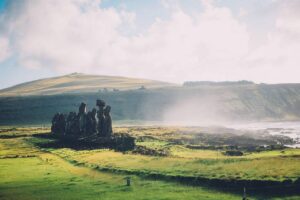
🌍 Geography of Chile
Chile is located in the southern part of South America. It borders:
Peru to the north, Bolivia to the northeast, Argentina to the east, Pacific Ocean to the west
It also asserts claim to Easter Island (Rapa Nui) in the Pacific Ocean, famous for its mysterious stone statues. The country’s geography is intriguing. It has:
- Atacama Desert in the north — one of the driest places on the planet
- Central Valley — fertile land with vineyards and agricultural farms
- Lake District — filled with forests, volcanoes, and lakes
- Patagonia — filled with mountains, glaciers, and national parks
Santiago, the capital city, is located in the middle of the country, ringed by the Andes Mountains.
🏞️ Climate and Nature
The weather in Chile changes incredibly from north to south. It is nearly rainless in the north’s Atacama Desert. The day is hot and the night is cold. In the inner region, like in Santiago, it has a Mediterranean climate. Winters are cool and wet, and summers are dry and hot. In the south, the climate is cold, windy, and rainy. There are snow-capped mountains and glaciers in the Patagonia region. Because of these different climates, Chile boasts a rich variety of vegetation and wildlife. There is cactus in the north and forests to the south. Sea lions, whales, and penguins line the coast.
🏛️ History of Chile
Ancient Times
Chile had numerous indigenous tribes before the arrival of the Spanish. The Mapuches were the strongest among them. They inhabited the center and south of the nation. They were warlike fighters and fought foreign domination for centuries.
Spanish Colonization
Spanish explorers reached Chile during the 1500s. Pedro de Valdivia founded the city of Santiago in 1541. Chile was governed by the Spanish for nearly 300 years. During these decades, many European traditions merged with native cultures.
Independence
Chile broke away from Spain in 1810, and after a long struggle, it was fully independent in 1818. Bernardo O’Higgins was one of the country’s first national heroes.
Modern History
During the 20th century, Chile experienced political transitions. In 1973, a military figure, General Augusto Pinochet, came to power and dominated for several decades. Subsequently, Chile transitioned back to democracy in 1990. Ever since, the nation has developed economically and socially.
🏙️ Major Cities in Chile – Exploring the Heart of a Long and Diverse Nation
Chile is a magical, complex country that runs down the west coast of South America. Its cities combine ancient history, modern living, and natural beauty.
🌆 Santiago – The Capital of Chile
Santiago is the capital and largest city of Chile. It is situated in the middle valley of the country, and around it are the breathtaking Andes Mountains. Plaza de Armas is the center of Santiago, the capital square since 1541. It’s surrounded by the Metropolitan Cathedral, museums, and cafes. Other highlights are:
- La Moneda Palace – the presidential complex and symbol of Chilean democracy.
- Cerro San Cristóbal – a hill crowned by a giant statue of the Virgin Mary and dominating the city.
- Cerro Santa Lucía – a small hill park that’s perfect for a stroll or photography.
- Barrio Bellavista – a lively district lined with street art, restaurants, and nightlife.
Santiago is also a major cultural center. The National Museum of Fine Arts, Chilean Museum of Pre-Columbian Art, and Gabriela Mistral Cultural Center present the country’s artistic riches.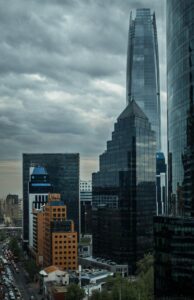
🌈 Valparaíso – The City of Color and Art
Valparaíso, commonly referred to as “Valpo,” is one of Chile’s best-known cities. It is situated some 120 kilometers northwest of Santiago, on the Pacific coast. Valparaíso has been constructed on steep hills, and as such, it has a peculiar appearance of colorful houses stacked above the ocean. Valparaíso is also a UNESCO World Heritage City because it is both historically important and architecturally significant. In the 19th century, it was one of the most important ports in South America. Although it lost most of its trade when the Panama Canal opened, it remains a cultural treasure. Attractions include:
- Cerro Alegre and Cerro Concepción – charming neighborhoods with cafes, galleries, and boutique hotels.
- Ascensores (funiculars) – old-style lifts that connect the lower city with the top hills.
- La Sebastiana – a home of Pablo Neruda, turned into a museum.
- The Port – where visitors have the opportunity to take boat tours around the city from the ocean.
Valparaíso is vibrant, cultured, and lively with festivals, especially on New Year’s Eve, when its fireworks display is one of the biggest in the entire Latin America.
🏖️ Viña del Mar – The Garden City
Right adjacent to Valparaíso stands Viña del Mar, a beautiful resort city known as “La Ciudad Jardín” or “The Garden City.” It is Chile’s largest beach resort and is visited by both Chileans and tourists. Viña del Mar is tidy, modern, and full of palm trees, parks, and beaches. Reñaca Beach and the beaches of Playa del Sol are famous for swimming and surfing. The Flower Clock (Reloj de Flores), made up of real flowers, is one of the city’s most photographed spots. Other attractions include:
- Castillo Wulff, a small sea-faced castle. Museo Fonck, which has artifacts of Easter Island. Quinta Vergara Park, where the song festival takes place. Viña del Mar is also a gateway to Chile’s wine region, with vineyards within easy driving distance.
🏭 Concepción – The City of Knowledge
Concepción is Chile’s second-largest city, about 500 kilometers south of Santiago. It is generally considered the intellectual and academic hub of Chile, thanks to its many universities and research centers. Concepción is a city with great history, founded in 1550. It was continuously destroyed by earthquakes but continued to be rebuilt in an ever-stronger way. Nowadays it’s a modern city with parks, wide avenues, and young, energetic life. One of the most renowned and oldest universities in Chile is the University of Concepción. Its main campus is proud to have the famous Campanil Tower, a symbol of the city.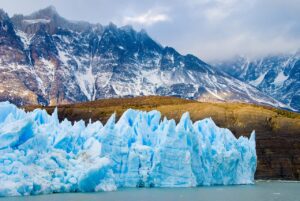
🏔️ Temuco – The Gateway to the South
Temuco is located in southern Chile and is the entrance to the Lake District. Surrounded by volcanoes, woodlands, and lakes, it is an ideal base for exploring nature. Temuco is also the cultural center of the Mapuche, Chile’s most indigenous ethnic group. Its traditions, handicrafts, and dishes can be discovered in the Feria Pinto Market or in the Museo Nacional Ferroviario Pablo Neruda, a museum built inside an old train station. The city itself has good weather and lots of green spaces. It’s also close to Conguillío National Park, with its Llaima Volcano and beautiful lakes.
🛳️ Puerto Montt – The Gateway to Patagonia
Puerto Montt is located in the south of Chile, where Chilean Patagonia starts. The city is the entrance to the south, which takes tourists to islands, fjords, and national parks. The city boasts a breathtaking position — surrounded by snow-capped volcanoes and sky-blue lakes. The Angelmo Market is famous for its fish, crafts, and brightly colored wooden houses. Nearby is Puerto Varas, the “City of Roses,” which offers a peaceful setting with breathtaking views of Osorno Volcano. The region shows Germanic traces in architecture and cuisine. Puerto Montt is not only a port but also a tourist, fishery, and salmon-raising center.
🌋 Punta Arenas – The End of the World
At the southern tip of Chile is Punta Arenas, a city that is some of the world’s southernmost. It lies on the Strait of Magellan, close to Antarctica. Punta Arenas has also been nicknamed the gateway to Antarctica and Torres del Paine National Park, one of the most stunning sites on earth. Its history is linked with explorers, sailors, and Croatian, British, and Spanish immigrants. European-style architecture remains in the city center.
- Cementerio Municipal, a beautiful cemetery with gigantic monuments. Plaza Muñoz Gamero, the central square lined by colonial architecture. Museo Nao Victoria, a museum showcasing a replica of Magellan’s ship. Isla Magdalena, where there are hundreds of Magellanic penguins.
Punta Arenas experiences windy and cold conditions but is lovely and intimate with nature, becoming truly unforgettable.
🌄 Antofagasta – The Pearl of the North
Antofagasta lies in the north of Chile, sandwiched between the Pacific Ocean and the Atacama Desert. The city is clean and contemporary with a coastal nature. Attractions are:
- La Portada, a sea natural stone arch. Plaza Colón, the clock-towered central square. Antofagasta Regional Museum, displaying the city’s mining past.
Because of its desert atmosphere, the unobstructed sky is ideal for star-gazing. The city is a great base for most visitors who take the Atacama Desert and tourist sites like San Pedro de Atacama and El Tatio Geysers.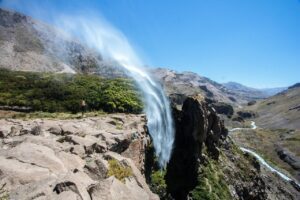
🌅 Arica – The City of Eternal Spring
Situated on the border with Peru, Arica is called the City of Eternal Spring because of its pleasant weather all year round. It’s a beach town with beaches of gold and relaxed atmosphere. Visitors visit El Morro de Arica, a hill that offers stunning ocean and historical site views. Arica also features Lauca National Park nearby, where there are llamas, volcanoes, and alpine lakes galore.
🌺 Iquique – Adventure and Sand Dunes
Another northern coastal city is Iquique, which is renowned for its beaches as well as adventure sports. It’s Chile’s go-to destination for sandboarding down huge dunes and paragliding and surfing. The Baquedano Street in the capital features wooden homes of old 19th-century vintage that transport visitors to the heydays of the nitrate boom. The Zofri Duty-Free Zone is a favorite with shoppers from across the region.
🏔️ Natural Attractions and Tourism in Chile
Chile is one of the finest travel spots in South America due to its natural attractions. Tourists visit for adventure, nature, and serenity.
Atacama Desert
The Atacama Desert is among the world’s driest deserts. It resembles a desert from another planet. Visitors can see:
- Valle de la Luna (Moon Valley), El Tatio Geysers, Laguna Miscanti and Laguna Miñiques, San Pedro de Atacama town
The desert is also a perfect place for star gazing. The atmosphere is so clear that huge observatories are built there.
Easter Island (Rapa Nui)
Easter Island is situated about 3,500 km from the mainland. The island is famous for the Moai statues, huge stone figures built by the ancient Rapa Nui inhabitants. The island also features beaches, volcanoes, and indigenous Polynesian culture too.
Torres del Paine National Park
This is Chile’s most famous park, located in southern Patagonia. It features mountains, glaciers, lakes, and wildlife such as pumas and guanacos. It is perfect for hiking, camping, and photography.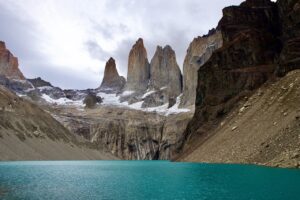
Lake District
The Lake District, which occurs in southern Chile, is studded with lakes, forests, and volcanoes. German architecture and food are to be found in towns like Puerto Varas and Frutillar. Kayaking, trekking, and fishing also feature here.
Chiloé Island
Chiloé has wooden churches, colorful houses, and legends. The island is magical with a vibrant culture.
Andes Mountains
The Andes cover the entire length of Chile. They offer great skiing in winter and walking in summer. Popular ski resorts include Portillo, La Parva, and Valle Nevado near Santiago.
🍷 Chilean Wine Country
Chile is one of the world’s top wine manufacturers. Vineyards in the Central Valley are world-famous. Maipo Valley, Colchagua, and Casablanca are well-known for red and white wine. Tourists have access to wine tours, wine tastings, and vineyard hotels.
🍲 Chilean Food and Cuisine
Chilean cuisine is a blend of European and local cuisine. Some of the well-known dishes are:
- Empanadas – pastry filled with meat, cheese, or seafood.
- Pastel de Choclo – corn pie made with beef and chicken.
- Cazuela – dense meat, corn, and vegetable soup.
- Curanto – traditional Chiloé dish prepared under the ground with seafood, meat, and potatoes.
- Chile is also famous for its seafood — raw fish, crab, and mussels. Pisco sour, a grape liquor beverage, and Carmenere wine, which is Chile’s symbolic red wine, are popular beverages among people.
🎭 Culture and People
Chileans are friendly and welcoming. Spanish is the language, but there are still echoes of indigenous tongues like Mapudungun. Music and dance are big. The national dance is the Cueca, which is done in September’s Fiestas Patrias (Independence day festival). Football, the great outdoors, and festivals are popular pastimes. Art, literature, and poetry are also strong. Nobel-winning poets Pablo Neruda and Gabriela Mistral are national icons.
💰 Economy of Chile
Chile has one of the strongest economies in South America. Chile is highly resource-endowed, especially in copper, a major export. Chile also produces wine, fruits, seafood, and forestry products. Tourism and renewable energy sectors are on the rise.
🚗 Transportation in Chile
Transport in Chile is well-established.
- Airports: Santiago International Airport offers connectivity to world cities.
- Roads: The Pan-American Highway goes through the entire country.
- Buses: Comfortable and affordable for long distances.
- Trains: Not many but scenic routes, such as from Santiago to Chillán.
- Boats: Used in the south and island areas like Chiloé.
🏞️ Surrounding Countries and Regions
Chile’s location makes it easily accessible to be toured in neighboring regions.
Peru
Northernly is Peru, famous for Machu Picchu, Cusco, and Lima. Bordering Chile and Peru is linked by the coastal town of Arica in northern Chile.
Bolivia
North of Chile lies Bolivia, with the Salar de Uyuni salt flats. Most travelers make a journey from San Pedro de Atacama to Uyuni — a breathtaking journey across rainbow-colored lagoons and deserts.
Argentina
East of Chile lies Argentina, separated from it by the Andes Mountains. You can travel from Santiago to Mendoza, a wine region renowned globally, across mountain passes. South of that lies Patagonia shared by both countries, with glaciers and hikes.
Antarctica
At Chile’s southernmost point, Punta Arenas vessels sail to Antarctica. This positions Chile as a gateway to Antarctica.
🕊️ Festivals and Celebrations
Chile commemorates many national and regional festivities:
- Fiestas Patrias (Independence Day) – September 18–19, parades, dances, food.
- Carnaval Andino – lively carnival in north Chile to honor Andean culture.
- Vendimia Festival – grape harvest festival in March.
- Semana Santa (Holy Week) – important religious festival. These festivals reveal Chile’s festive spirit and cultural diversity.
🏡 Modern Life and Tourism Growth
Modern-day Chile is a mix of the old and modern. There are trendy cafes, start-up technology firms, and art houses in cities such as Santiago and Valparaíso. Tourism is growing. Tourists come for eco-tourism, sport adventure, and cultural festivals. There are hotels, lodges, and hostels across the land — from luxury resorts to budget-friendly stays.
🌎 Conclusion
Chile is a country of endless beauty and adventure. From the dry deserts of the north to the snowy mountains of the south, Chile has something special to share for the entire country. It’s a country of culture, poetry, and fire. The warm people, the delectable food, and the breathtaking landscapes await you. If you’re going for history, nature, or the modern-day lifestyle, Chile will leave an unforgettable impression. It is actually “the land of contrasts” — where sea and desert converge, and mountains kiss the heavens.

